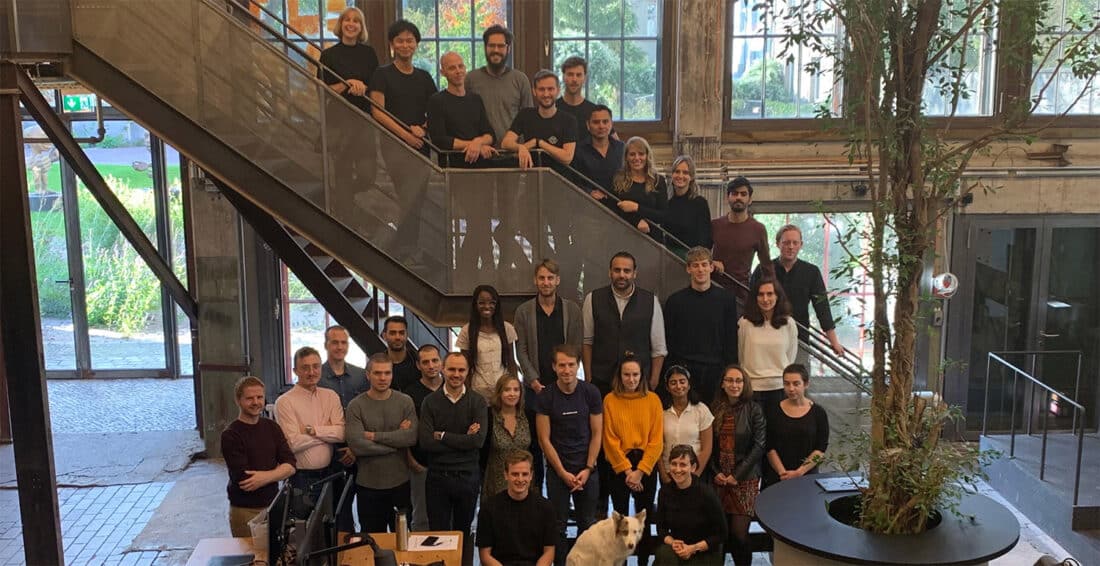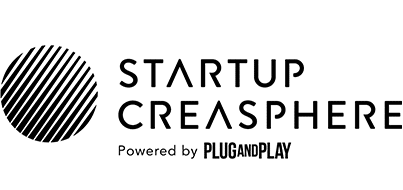
Meet the Founders – LabTwin
Berlin-based startup LabTwin launched the first voice-powered lab assistant in 2019. We have talked to co-founders Magdalena Paluch and Steffen Gloth about the discrepancy between state-of-the-art research methods on the one hand, outdated paper-based documentation on the other hand, and how that has led to their solution and the challenges of domain specific vocabulary in voice-training.
How did you come up with the idea of a voice and AI-powered digital lab assistant?
Steffen: Before founding LabTwin, I used to work as a product manager for lab balances. Digitalizing these balances became a topic back then, but when looking closer into it, I started to realize that digital technologies offer even larger potential for the documentation of scientists’ observations. Documentation usually takes place at a computer far from the bench and with a certain time delay. This triggered the idea to develop a digital solution for instant documentation at the point of experiment.
Magdalena: As a first step, we started testing various technologies, e.g. digital pens. The idea for voice-based technology came from scientists we collaborated with. We started experimenting with Alexa technology. It became clear that a voice-powered approach had a lot of potential for providing a hands-free way of documenting simultaneously and giving the scientists and technicians working at the bench instantaneous access to data that could inform their experiment.
How challenging is it to train a voice-assistant on lab-specific vocabulary?
Magdalena: It is certainly not easy. The model needs to be trained on the scientific domain level, based on the scientific content we acquire. It needs to be trained per each specific organization, as each organization uses its proprietary ontologies and acronyms. Furthermore we need to ensure that this information specific to a certain organization doesn’t enter the global model. Next, the model is trained based on specific protocols and vocabulary relevant to a lab group. Lastly, each user has access to the glossary, with which they can add particular wording to help train the model further to their personal needs. We use machine-learning to continuously further sophisticate and train our solution on vocabulary via anonymized input from existing customers, and of course the assistant always learns from the lab’s daily interactions.
How scalable is your solution in terms of languages and new application fields?
Magdalena: Our solution is currently trained on English content, and it is being used by customers mainly in Europe and the US, in primarily English-speaking labs. However, even though English is the official scientific language in many countries, we definitely see the demand for local language versions, as the day-to-day work in the lab often happens in the native language. As Germany is our home base, we are very close to releasing a German model, and further languages will follow.
Steffen: We are also looking into new application fields, including quality control and manufacturing which are more regulated areas, but already more advanced in terms of documentation. The fact that we are a corporate-backed startup – Sartorius has been a partner from very early on – is extremely helpful when it comes e.g. to GMP, validation and certification processes.
Which chances do you see in the Startup Creasphere program for your partnership with Roche?
Startup Creasphere has a very collaborative and interactive approach. The pilot project allows us to get in touch and test our solution with different user groups at Roche. It is our goal to leverage these insights to develop a streamlined solution.

